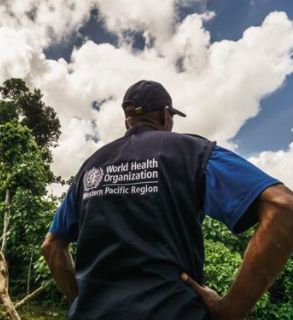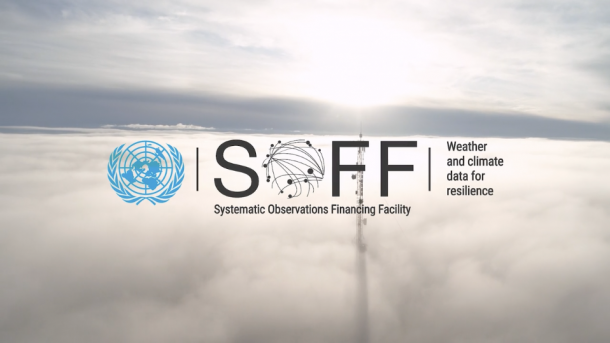Institutionalize Climate Change in the Ministry of Health and Medical Services Organizational Structure
A division within the Ministry of Health and Medical Services with existing supportive legislation to include climate change and health as a core function, to oversee the implementation of the Solomon Islands National Climate Change and Health Adaptation Plan 2011 and to strengthen the weak collaboration within the health sector and with other sectors. Relevant climate change and health activities to be streamlined into respective department’s annual operational plan where relevant.










